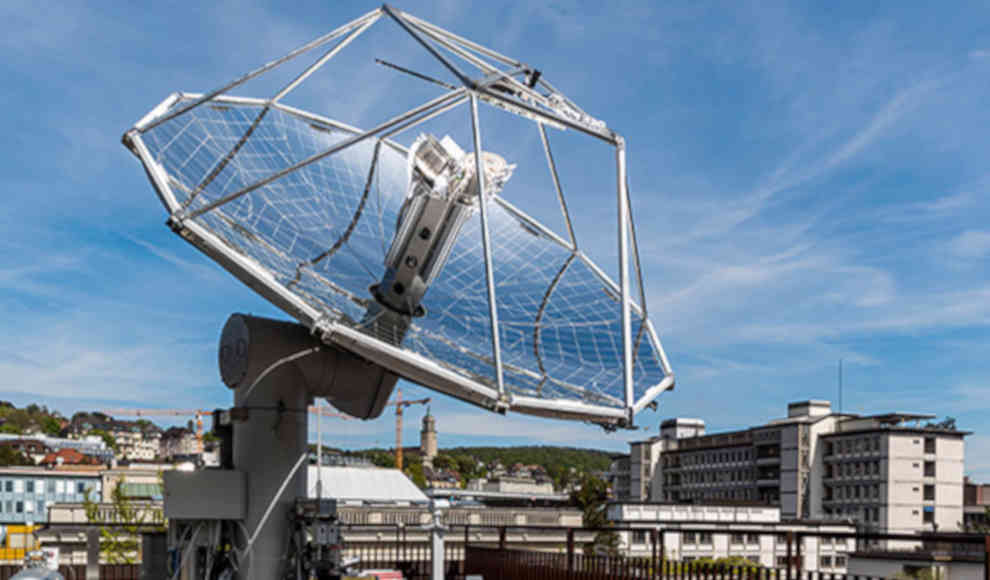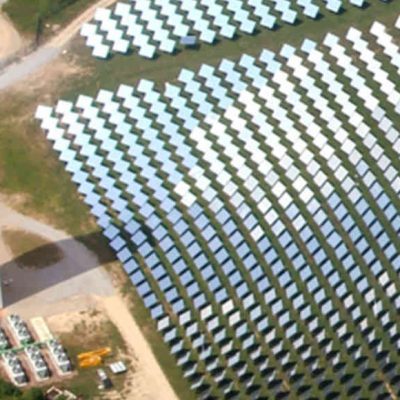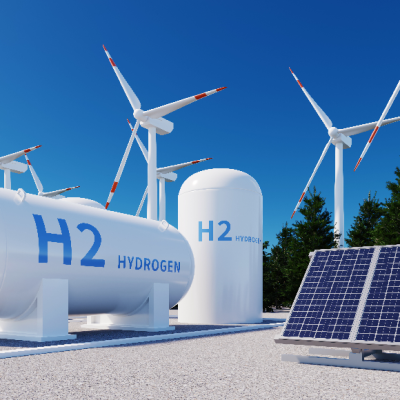In a groundbreaking achievement, scientists from the SUN-to-LIQUID project have successfully operated a demonstration plant that produces kerosene from air using solar energy. The process involves filtering CO2 from the atmosphere and converting it into a synthesis gas, which is then used to produce kerosene. The plant, located on a building at ETH Zurich, has proven that sustainable fuel can be produced from sunlight and air under real-world conditions. The technology has the potential to revolutionize the aviation industry and reduce carbon emissions.
The SUN-to-LIQUID project, which involves ETH Zurich and the German Aerospace Center (DLR), has developed a solar refinery that uses sunlight and air to produce a high-energy synthesis gas. The process involves filtering CO2 and water from the air and converting it into carbon monoxide and hydrogen through a thermochemical process. The synthesis gas is then used to produce kerosene, which can be used to power airplanes. The demonstration plant in Zurich has proven that the entire thermochemical process can be carried out under real-world conditions.
The next step for the SUN-to-LIQUID project is to build a larger solar reactor near Madrid, with the goal of creating an industrial-scale plant that can compete with traditional kerosene production. The researchers estimate that a plant covering one square kilometer could produce 20,000 liters of kerosene per day. A plant covering one-third of the Mojave Desert could produce enough kerosene to meet the needs of all existing airplanes without the need for additional oil extraction. The technology has the potential to significantly reduce carbon emissions and mitigate the effects of climate change.










